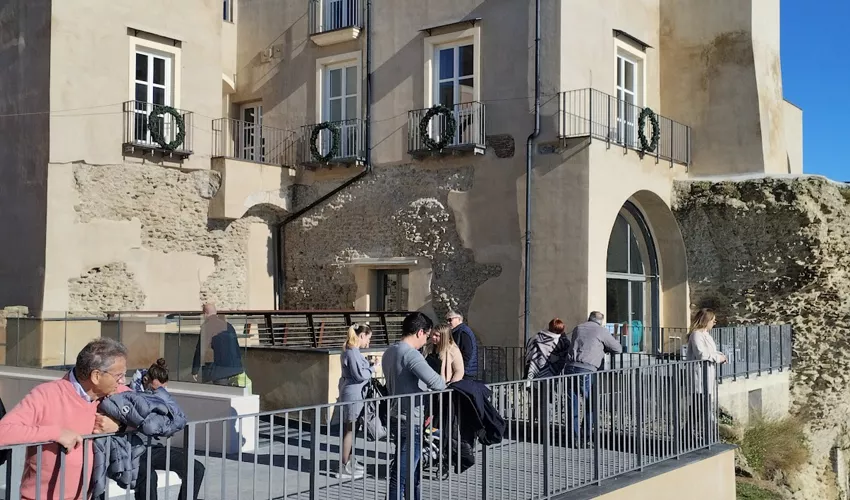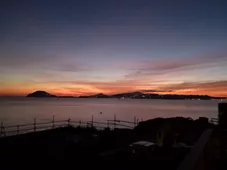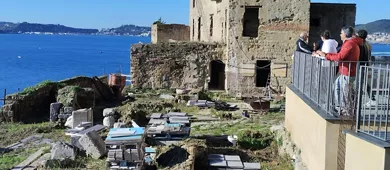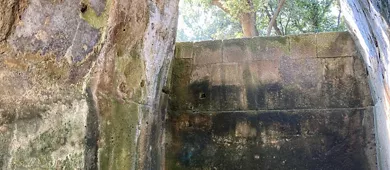This content was automatically translated. View the original text.




Overview
The impressive Stadium of Antonino Pio, located to the west of Puteoli, is situated on a natural elevation, with the northern section facing Via Domitiana (currently Via Luciano), while the southern section faces the scenic Gulf of Pozzuoli. According to historical records, its construction was promoted by Emperor Antonino Pio to provide homage to the philhellenic spirit of his predecessor Adriano, who, having died in Baia in 138 BC, had originally been buried near one of the villas of Cicero in Pozzuoli, later, Antonino Pio, after overcoming the resistance of the Senate, had the remains transferred to Rome and instituted in Pozzuoli, at the site of the first burial, a sporting event called by the Greek name of Eusebeia. The stadium has a rectangular shape of about 300 metres x 70, with a shorter curved side (sphendone) and another part, intended for the start of the athletes, characterised by a slight curvilinear course. On the same section, several excavation campaigns were carried out during the last decade of the last century with the help of regional funding, which uncovered a monumental double-curtain passage, which had originally been covered by a masonry vault. This entrance led the athletes directly to the track and consisted of several arches made of blocks of local volcanic stone (known as piperno), covered with white plaster. Only the pillars of these arches remain standing today, while the ashlars, found in a state of disrepair, have been returned to their original position thanks to recent restoration work. On the other hand, the spectators were admitted from the northern section through several forecourts, of which only the one to the east has been identified, interspersed with green areas. Continuing along this path, a hallway with a cocciopesto floor and a compound vault was reached, from here, with the help of several ramps (vomitoria), the public could access the various sectors of the cavea. As in most ancient performance buildings, the cavea of the Stadium of Antonino Pio was divided into three sections, which corresponded to different categories of spectators. The lowest part of the cavea (ima), reserved for the most important people, was separated from the track by a barrier (balteus) and had two tiers of seats made of piperno blocks, from the middle and upper parts (media and summa) no traces of the tiers of seats remain, although some evidence seems to suggest that they were not made of piperno.